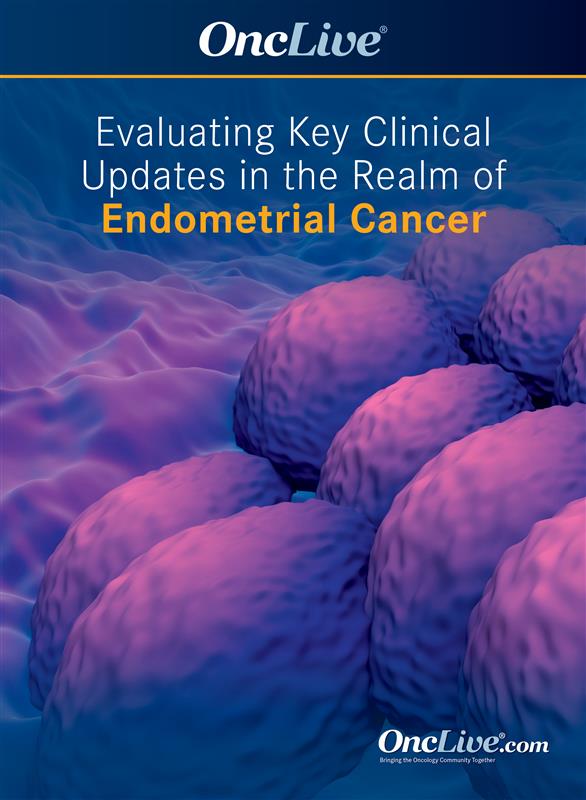Commentary
Video
Supplements and Featured Publications
Dr Mirza on the Use of Dostarlimab/Chemotherapy By Molecular Class in Endometrial Cancer
Author(s):
Mansoor Raza Mirza, MD, discusses treatment outcomes with the use of dostarlimab plus chemotherapy in patients with primary advanced or recurrent endometrial cancer whose disease was mismatch repair deficient/microsatellite instability–high, TP53 mutated, or had no specific molecular profile.
Mansoor Raza Mirza, MD, chief oncologist, Department of Oncology, Rigshospitalet, Copenhagen University Hospital, discusses treatment outcomes with the use of dostarlimab-gxly (Jemperli) plus chemotherapy in patients with primary advanced or recurrent endometrial cancer whose disease was mismatch repair deficient/microsatellite instability–high (dMMR/MSI-H), TP53 mutated, or had no specific molecular profile.
The phase 3 RUBY trial (NCT03981796) evaluated treatment with dostarlimab plus chemotherapy vs placebo plus chemotherapy in patients with primary advanced or recurrent endometrial cancer. The trial demonstrated a significant progression-free survival (PFS) improvement for patients on the dostarlimab arm compared with patients on the placebo arm. At the 2023 ESMO Congress, investigators presented data from a subgroup analysis of the positive phase 3 trial, which evaluated PFS and overall survival (OS) outcomes of patients on the study stratified by their molecular classifications.
Mirza notes that investigators initially examined the histological subgroups of the patients enrolled in RUBY and observed a notable benefit in the dostarlimab arm. Subsequently, comprehensive whole-exome sequencing was performed in 400 of the 494 enrolled patients. Across these patients, investigators identified 4 molecular subgroups: patients with POLEmutations (n = 5), those with dMMR or MSI-H disease (n = 91), those with TP53-aberrant disease (n = 88), and those with no specific molecular profile (n = 216).
At a median follow-up of 25.4 months, the 24-month PFS rate in patients in the overall patient population treated with the dostarlimab combination was 36.1% vs 18.1% in those who received placebo (HR, 0.64; 95% CI, 0.507-0.800; P < .0001). In patients with dMMR/MSI-H disease, the 24-month PFS rate was 61.4% and 15.7% in those treated with dostarlimab andplacebo, respectively (HR, 0.28; 95% CI, 0.162-0.495; P < .0001).
Overall, 22.75% of patients fell into the dMMR category, while the rest exhibited pMMR status, Mirza continues. In the pMMR group, investigators conducted a focused analysis of the p53 gene, revealing that 22% of patients had p53 mutations, and 54% had p53 wild-type disease, Mirza says. Notably, no patients with POLE mutations experienced disease progression, regardless of their treatment regimen. The dMMR population experienced a consistent improvement in both PFS and OS, he notes. In the dMMR, p53 wild-type subgroup, although a few events were slower to emerge, investigators discerned a clear benefit with dostarlimab, and further separation of the survival curves is anticipated as more data accumulate, he concludes.










